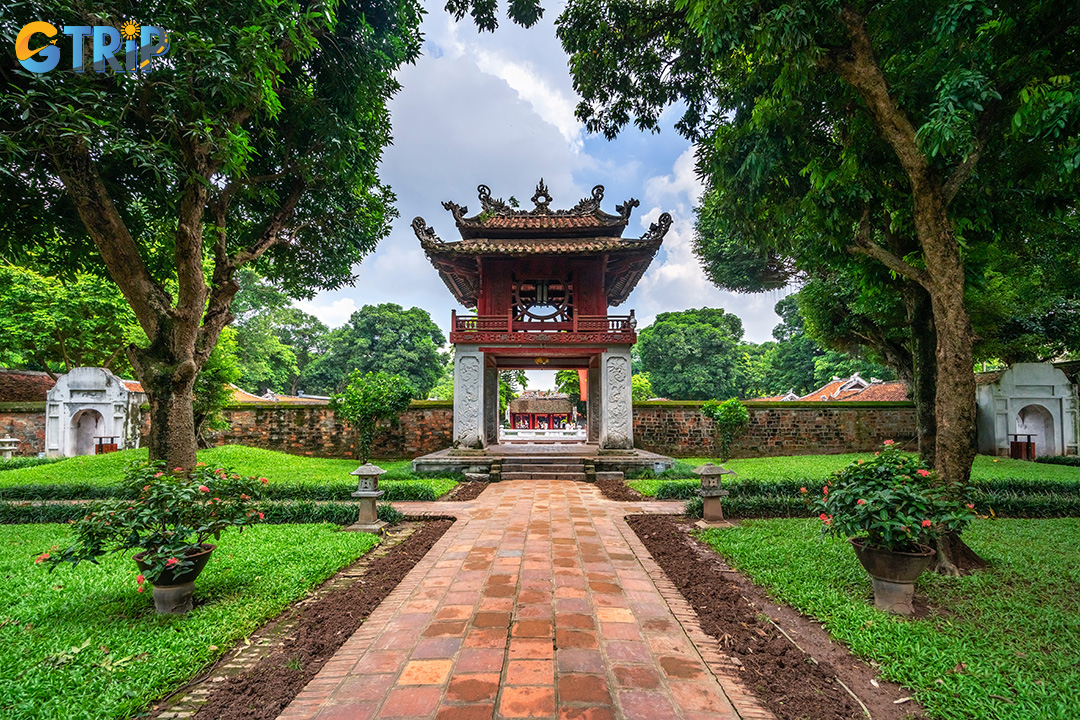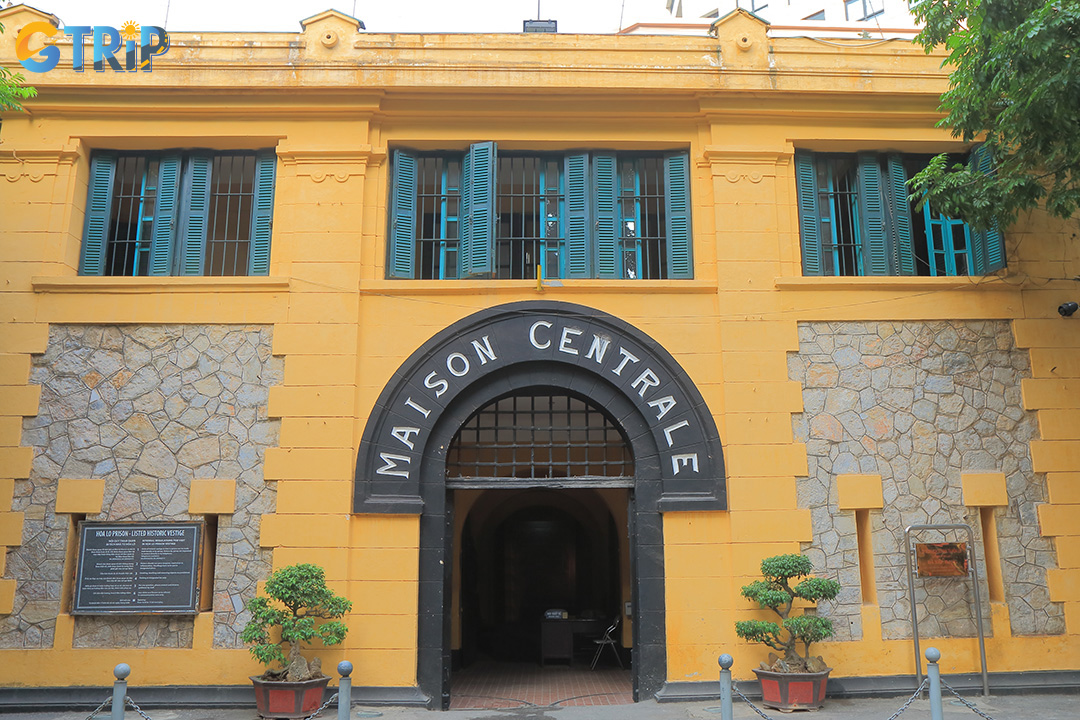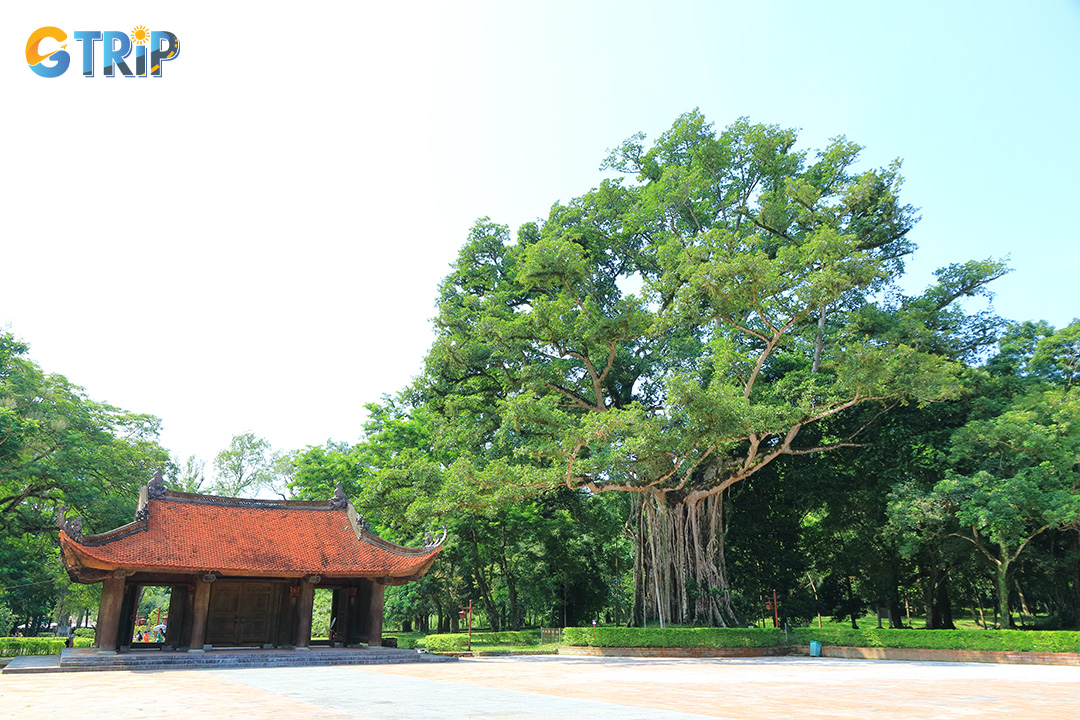Nov - 06 - 2023
With its breathtaking landscapes and diverse culture, Vietnam is deeply interwoven with its cities. These urban centers, from the ancient beauty of Hanoi to the bustling heart of Ho Chi Minh City, have witnessed countless historical chapters and cultural transformations in Vietnamese history.
Hanoi - The ancient capital
Hanoi is often referred to as the "timeless capital" due to its rich history and cultural heritage.
The rich tapestry of history
Hanoi, Vietnam's capital for over a thousand years, holds a special place in the heart of the nation. This city, founded in 1010, has borne witness to dynasties, invasions, and momentous events, making it the cultural and political epicenter of the country. Its Old Quarter, with its labyrinthine streets and colonial architecture, is a living testament to its eclectic past.
Temple of Literature - A symbol of wisdom
The Temple of Literature, Van Mieu, stands as one of Hanoi's most iconic historical sites. Built in 1070, it was dedicated to Confucius and his disciples and served as Vietnam's first university. The temple's tranquil courtyards, stelae of scholars, and traditional architecture offer a glimpse into the nation's reverence for knowledge and education.

Quoc Tu Giam was the first university in Vietnam
Hoa Lo Prison - A tale of resilience
Hoa Lo Prison, also known as the "Hanoi Hilton", has a haunting history from its time as a French colonial prison to its use during the Vietnam War. Today, it serves as a museum, allowing visitors to gain insights into the resilience of the Vietnamese people during turbulent times.

Hoa Lo Prison was a prison used by the French colonists in Vietnam for political prisoners
Hoa Lu, Ninh Binh - Ancient capital of Dai Co Viet
Hoa Lu served as the political and economic center of Vietnam during the Dinh and Le dynasties.
Hoa Lu - The first capital
Hoa Lu, located in the Ninh Binh province, was the first capital of Dai Co Viet, the first centralized feudal state in Vietnam's history. Established in the 10th century, it was chosen for its strategic location and breathtaking natural beauty, surrounded by limestone karsts and lush fields.
Bich Dong Pagoda - A spiritual retreat
Nestled within the karst landscape, Bich Dong Pagoda is a complex of three shrines built into the mountainside. It is not only a place of worship but also offers stunning panoramic views of the surrounding countryside, providing a tranquil retreat for visitors.

Landscape Ninh Binh in Viet Nam
Thanh Hoa - Land of kings
Thanh Hoa served as another capital of Vietnam during the 15th century, specifically during the Ho dynasty and early Le dynasty.
Thang Long, Tay Do - The ancient royal city
Tay Do was the capital of Vietnam during the Tran dynasty. The city witnessed the reign of multiple dynasties and left a legacy of palaces, temples, and historical relics.
Lam Kinh - The holy land of Le Dynasty
Lam Kinh is a significant historical site in Thanh Hoa province, dedicated to the founder of the Le Dynasty, Le Thai To. The site is a sprawling complex of palaces, temples, and tombs that reflect the grandeur of this era.
Tay Kinh - The land of heroes
Tay Kinh is renowned for being the birthplace of the legendary military commander Tran Hung Dao, who played a crucial role in the resistance against Mongol invasions. The land bears witness to the bravery and heroism of the Vietnamese people.

Lam Kinh palace in Thanh Hoa
Phu Xuan, Hue - The Imperial Citadel
Hue was once the capital of the Nguyen Dynasty and is known for its beautiful palaces and rich cultural history.
Phu Xuan - Seat of Nguyen Dynasty
Phu Xuan served as the imperial capital of Vietnam under the Nguyen Dynasty for 143 years. The city's magnificent imperial citadel and royal tombs stand as enduring symbols of its regal history.
The Imperial City - A UNESCO World Heritage Site
The Imperial City, with its intricate architecture and serene gardens, is a UNESCO World Heritage Site. A visit here allows you to step back in time to the days of emperors and appreciate the cultural treasures of Vietnam.

Dai Noi Palace Complex of Hue Monuments
Gia Dinh, Ho Chi Minh City - The modern metropolis
Ho Chi Minh City is Vietnam's largest city and economic hub.
Gia Dinh - A city in transformation
Gia Dinh, the former name of Ho Chi Minh City (Saigon), was considered the capital of the southern part of Vietnam's territory during the Nguyen Dynasty from the 17th to the 20th century AD. It is a city that has undergone a remarkable transformation over the years. From a bustling trading port under French colonial rule to its role in the Vietnam War, it has evolved into a vibrant, modern metropolis.
The War Remnants Museum - A poignant reminder
The War Remnants Museum in Ho Chi Minh City is a somber yet essential stop. Its exhibits and artifacts provide a stark reminder of the Vietnam War's impact on the country and its people.

Independence Palace in Ho Chi Minh City
Vietnamese history is intricately woven into the essence of its significant cities. Book your Vietnam tours now to witness the captivating story of Vietnam unfurl before your eyes, and become a part of the living history that defines this extraordinary nation.


